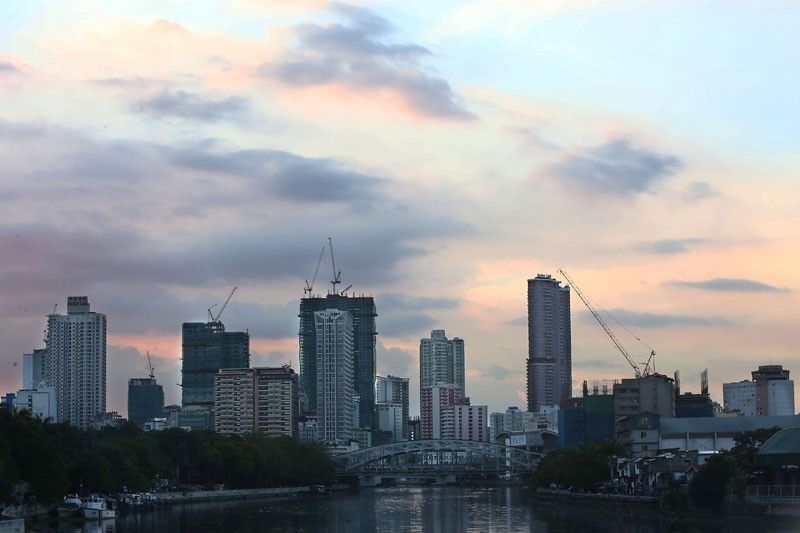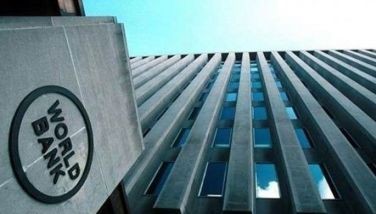Strong agriculture needed to attain GDP growth target

MANILA, Philippines — The country’s agriculture sector should grow by two to three percent per year to significantly contribute to the country’s overall economic growth target.
During the 17th Philippine Summit hosted by The Asset yesterday, Finance Secretary Benjamin Diokno said the success of the medium-term fiscal framework (MTFF) would depend on how strong and sustainable overall growth is.
The MTFF is the administration’s blueprint to sustain the country’s post-pandemic economic recovery and support accelerated growth. It also serves as a roadmap for developing the government’s annual national expenditure program.
Based on the MTFF, the government targets gross domestic product (GDP) growth at 6.5 to eight percent from 2023 to 2028.
Apart from the mainstay industry and services, Diokno is banking on agriculture to finally perform and contribute to growth.
“Agriculture is the priority of this administration. Looking back, agriculture has always been a laggard in the economy and it’s been in and out of recession,” he said. “So if you can only grow agriculture by about two to three percent, that’s already a big plus.”
For the past years, agriculture has been contributing only a tenth to overall GDP.
Latest data also showed that the performance of the farm sector declined for the second consecutive quarter due to lower production of crops and fisheries, slipping by 0.6 percent in the April to June period.
But Rolando Dy, agricultural economist and executive director of the University of Asia and the Pacific’s Center for Food and Agribusiness, said the two to three percent growth may not be feasible for the government.
“This is because of calamities and high cost of fertilizers that the country is dealing with,” Dy said, adding that the government should instead focus on connecting markets and value chains.
Diokno emphasized that the government has intensified measures to help increase the domestic supply of essential commodities by propping up local production, ensuring timely importation of goods, fertilizers and raw materials and improving distribution efficiency.
Inflation continues to be elevated, soaring to a four-year high of 6.9 percent in September with further increases until the remainder of 2022 already expected.
“We should import if necessary and do not delay. That is key to our objective to maintain inflation and make it manageable. Not only importation, but also distribution,” Diokno said.
“We import goods, but we don’t distribute them efficiently because inflation in Metro Manila is much lower than inflation outside. So that means we’re not distributing the food that we imported to other regions,” he said.
Apart from agriculture, the Finance chief reiterated his confidence that the mining sector could contribute to economic growth.
Mining has been contributing less than one percent to the country’s GDP as the previous administration has been generally cold to the sector.
It was only toward the end-2021 when former president Rodrigo Duterte gave a much needed boost in revenue generation for the industry with the lifting of a four-year old ban on open pit mining.
“If we have additional engines like agriculture and mining, apart from industry and services, we are all set plus I’m very bullish about digitalization,” Diokno said.
“I think digitalization will work wonders for us not only on the fiscal side by raising taxes and revenues, but also streamlining the government and making it more efficient,” he said.
- Latest
- Trending






















